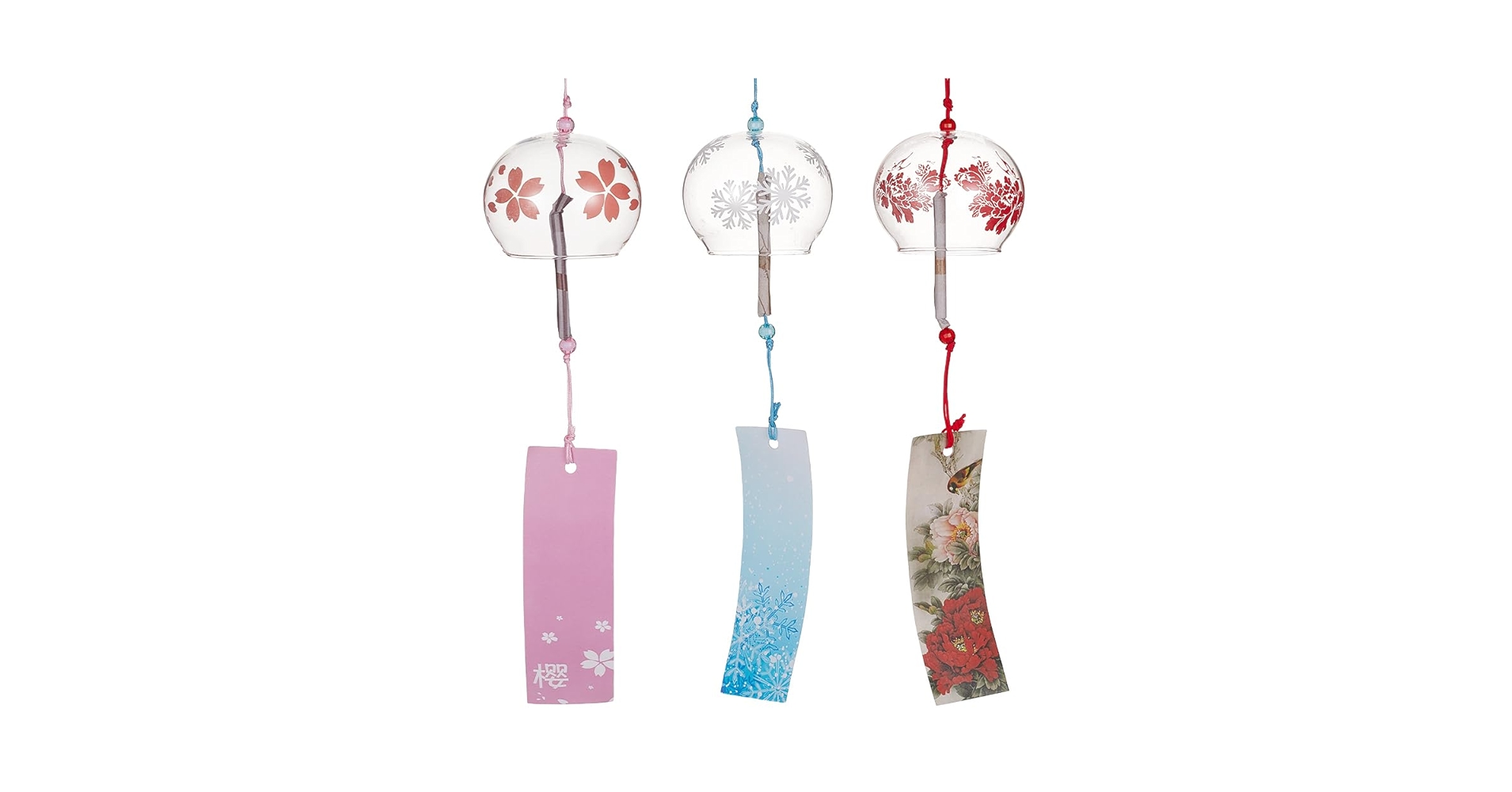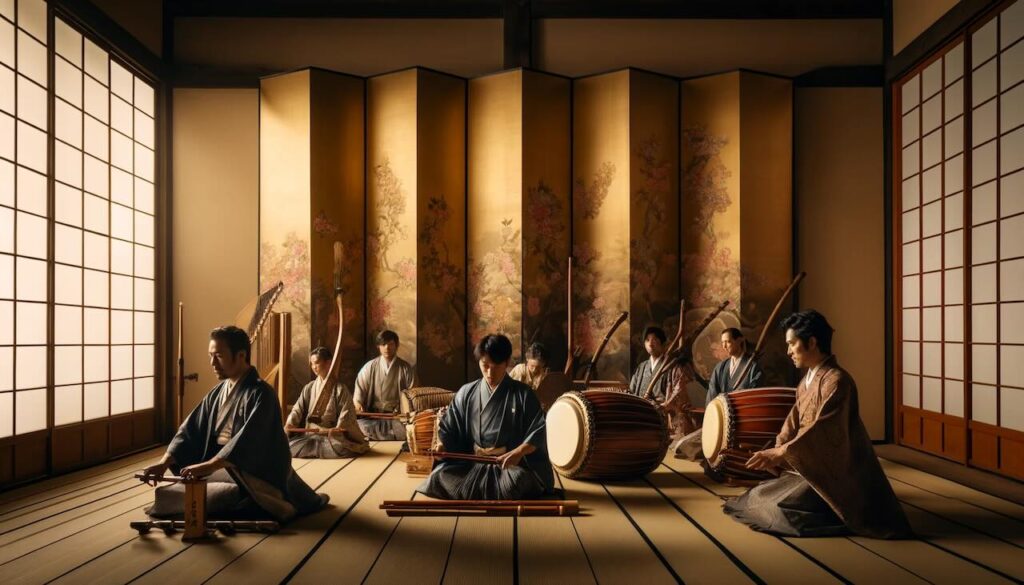When summer sweeps through Japan, the soft, melodic clinking of wind chimes—fūrin—can be heard drifting from porches, balconies, and temple eaves. These delicate bells are more than simple ornaments; they carry centuries of history, artistry, and seasonal emotion. But where did this beloved custom originate, and how did it become a hallmark of Japanese summer?
Let’s explore the origins, evolution, and cultural significance of fūrin, Japan’s iconic wind chimes.
The Origins: From Ancient China to the Temples of Japan
The story of wind chimes begins in ancient China, where bronze bells were hung from rooftops to ward off evil spirits and bring good fortune. These bells would sway in the breeze, producing soothing, resonant sounds.
This practice made its way to Japan during the Nara period (710–784), when Chinese Buddhist culture deeply influenced Japanese society. Initially, bronze wind chimes were installed in temples and aristocratic residences, appreciated both for their spiritual value and their calming sound.
Heian Elegance: Fūrin in Classical Literature
By the Heian period (794–1185), wind chimes had become objects of aesthetic appreciation among the nobility. They appear in classical works like The Pillow Book and The Tale of Genji, where their subtle tones were used to evoke emotion, mark the seasons, and even signal changes in mood or time of day.
From the Kamakura period (1185–1333) onward, the use of fūrin spread to samurai households and temples throughout the country.
What Does “Fūrin” Mean?
The Japanese word for wind chime is 風鈴 (fūrin):
- 風 (fū) means “wind”
- 鈴 (rin) means “bell”
Together, the term captures the core concept of “a bell moved by the wind”—a perfect symbol of ephemeral beauty and the fleeting nature of the seasons, particularly summer.
In the Edo period, wind chimes were sometimes called “suzumushi” or “bell insects,” due to their chirping sound, which was reminiscent of autumn insects singing in the night.
The Evolution of Japanese Wind Chimes
Though wind chimes originated in China, Japan developed its own distinct fūrin culture—one that emphasized craftsmanship, seasonal awareness, and regional identity.
Edo Period: The Birth of Local Styles
Starting in the 1600s, wind chime production flourished across Japan, leading to the development of unique regional varieties:
- Edo Fūrin (Tokyo): Made from hand-blown glass and hand-painted designs, known for their high-pitched, clear tones.
- Nambu Fūrin (Iwate Prefecture): Crafted from cast iron with deep, resonant sounds.
- Kyoto Fūrin: Often made from ceramic, with refined and delicate patterns.
The shape and material of a fūrin greatly influence its tone, and artisans have long experimented with combinations to create specific emotional effects.
Meiji Era and Modernization
In the Meiji period (1868–1912), glass-making techniques advanced, and glass fūrin became more widespread. As summer festivals gained popularity, fūrin became a staple of the season—sold at market stalls and hung from every corner of towns and villages.
Popularization: Yaba Tokubei and the Wind Chime Market
A key figure in the popularization of fūrin was Yaba Tokubei, an Edo-period entrepreneur who organized one of the first major wind chime markets in Asakusa (modern-day Tokyo) in 1813. His summer events attracted large crowds and turned fūrin into a seasonal tradition.
Thanks to his efforts, summer wind chime markets became an annual occurrence, and the use of fūrin spread widely among the general public.
Fūrin Today: A Symbol of Japanese Summer
Today, fūrin continue to enchant locals and visitors alike. From bustling wind chime festivals to quiet temple gardens, these delicate bells evoke a deep sense of nostalgia, marking the height of summer with every breeze.
Their popularity also extends to:
- Home décor: Hung from windows, eaves, and balconies to invite coolness
- Gift-giving: A thoughtful summer present that carries traditional charm
- Seasonal festivals: Celebrated with entire markets dedicated to handcrafted fūrin
As concerns about sustainability grow, handmade crafts like fūrin are also gaining renewed appreciation for their beauty, durability, and cultural value.
Conclusion: The Timeless Charm of Fūrin
From ancient temples to modern balconies, fūrin have long connected people with the rhythms of nature and the passing of time. Their soft, tinkling tones aren’t just sounds—they’re memories in motion, echoing the gentle breezes of summer.
Whether you’re strolling through a shrine path or relaxing at home, the sound of a fūrin offers a moment of stillness, a reminder to pause and appreciate the fleeting beauty of the season.
So the next time you hear a wind chime in the summer air, listen closely—it’s not just music. It’s the voice of centuries, carried on the wind.



